How Did Michelle Yeoh Get Involved in Martial Arts
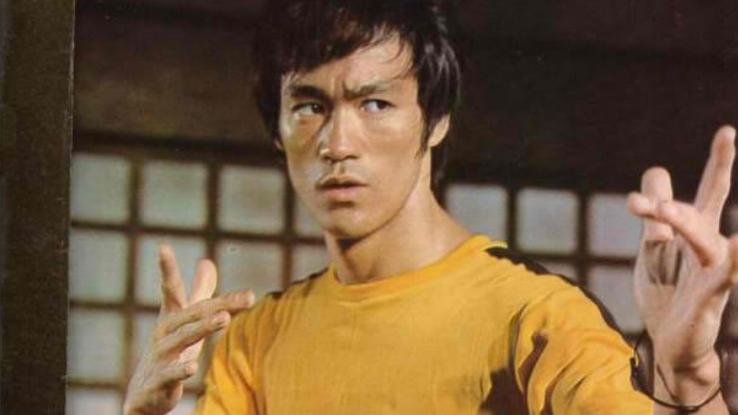
The globe knows his name, just not many people know his story. ESPN'south infrequent documentary, Be H2o, shows how much Bruce Lee struggled as an Asian American in Hollywood and the many opportunities he lost due to racism. However, his ambition to rise above was stronger than his fearfulness.
Despite ofttimes experiencing rejection and racism, Bruce Lee dramatically changed the pic industry, using martial arts and his inclusive attitude. He was the underdog who became a cultural hero and left a long-lasting legacy. This is how Bruce Lee fought racism while becoming a martial arts icon.
Bruce Lee Kicked Stereotypes to the Curb
Bruce Lee never felt ashamed of being Asian; he was incredibly proud of it. That'southward 1 reason why he refused to play outrageous stereotypes of Asian Americans on TV and in films. For a long time, Asian Americans have been portrayed as the villain, servant or cadet-toothed loser. (Nosotros're looking at you, Breakfast at Tiffany'due south and Sixteen Candles.)
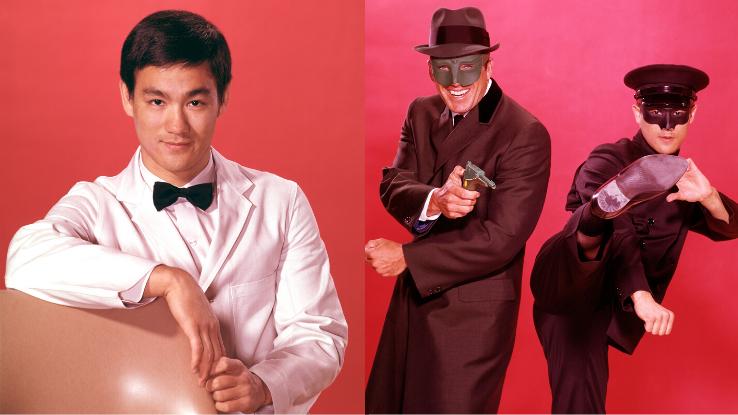
This put Lee in a tough spot in Hollywood. However, he got the part equally Kato, the handsome sidekick in The Light-green Hornet Tv show. There were no prejudiced images of Asian Americans for him to portray, but he experienced other bug. For instance, he had very few lines, and the studio paid him unfairly — more than two times less than everyone else. While the prove'due south star, Van Williams, received $2,000 per episode, Lee only got $400 an episode.
He Welcomed Everyone to His School During the Time of Segregation
In the 1960s, U.Due south. social club was segregated, and many businesses and facilities discriminated confronting people based on race, except for ane place: Lee's martial arts studio. He opened his school to everyone, no affair their race, gender or age. In fact, his outset student was a Black man named Jesse Glover.
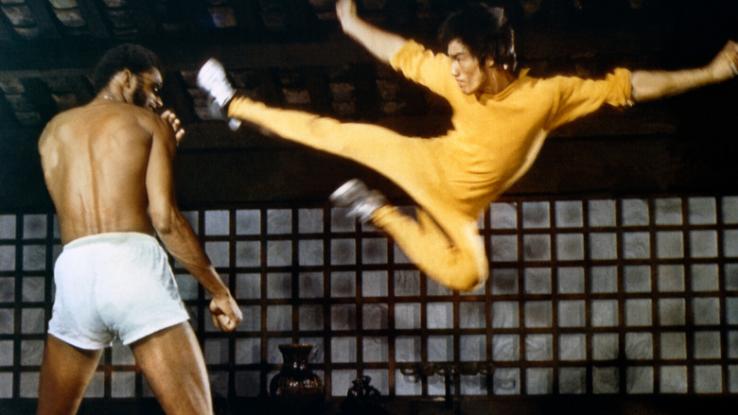
The martial arts master also shared his Chinese culture with megastars, from basketball thespian and activist Kareem Abdul-Jabbar to actress and fashion model Sharon Tate. "I am a man that never follows these formulas of the fearfulness-mongers. And so, no matter if your color is black or white, ruby or blue, I can all the same make friends with you without any bulwark," explained Lee.
He Lost Lead Roles merely Didn't Give up
Besides dismantling prejudiced stereotypes, Lee also had another struggle to overcome: landing a lead office as an Asian-American actor. He actually proposed his own TV series called The Warrior, only the studio didn't cast him because of his ethnicity and went for a caucasian actor instead.
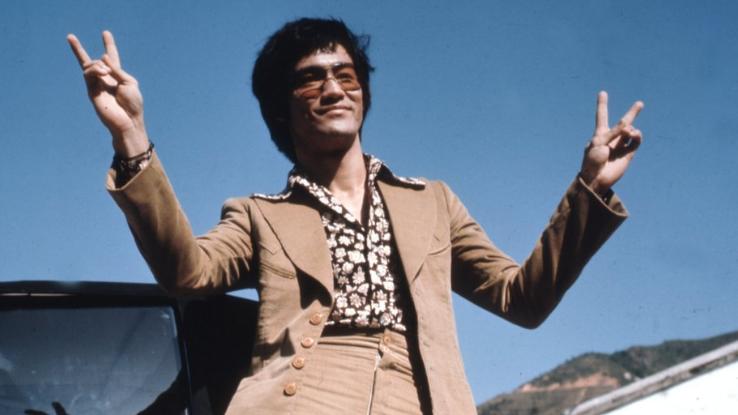
Lee finally got his chance in Hong Kong, where he obtained his get-go major role in The Large Boss (1971) and another in Fist of Fury (1972). The "No Dogs and Chinese Allowed" clip from Fist of Fury is considered Lee's virtually compelling scene in the motion picture; in it, his character destroys a racist sign and beats anyone who dares to demean him.
He Married His Wife Before Interracial Marriage Was Fully Legal in the U.S.
Linda Lee Cadwell was one of Lee'southward students before becoming his wife. At the starting time of their thing, Cadwell kept their dear a clandestine from her family unit considering they were against interracial relationships. Yet, they found out after Cadwell and Lee applied for a union document.
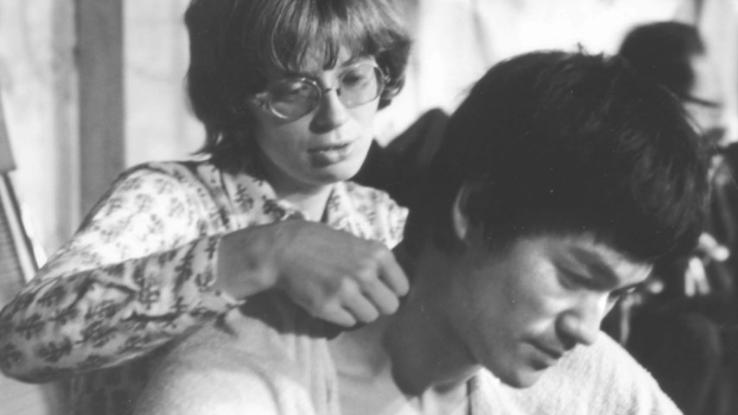
The press published the couple's news, emphasizing that it was still confronting the law in multiple states. Cadwell'due south parents tried to convince the two to break upward, but Cadwell and Lee refused to do information technology. Cadwell'due south parents grew fond of Lee as they got to know him. The couple's family unit also grew when Cadwell gave nascency to their children, Brandon and Shannon.
Lee Became His Own Boss to Attain Superstardom
In America, Lee was tired of proving his worth as an role player. Racism consistently prevented him from achieving higher levels of fame. He moved to Hong Kong to write his own films and open a product company, but almost chiefly to send a message: Asian Americans can play atomic number 82 roles in major films and change the amusement industry.
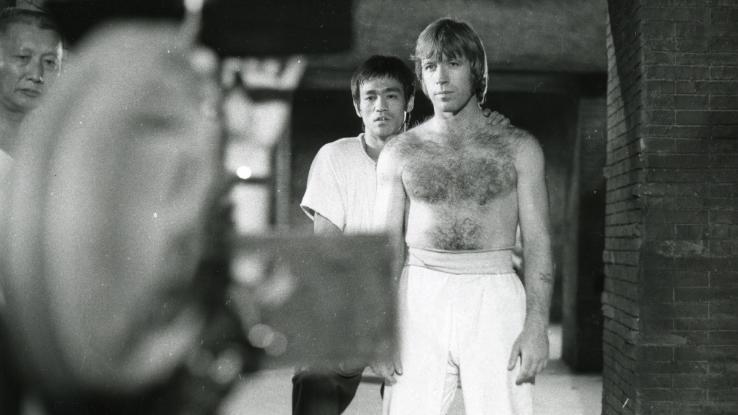
Lee did exactly what he said he would do. He wrote, co-produced, directed and starred in Hong Kong'south The Style of the Dragon (1972), which coincidentally propelled Chuck Norris' acting career. The martial arts picture was also produced by Lee's very ain company, Concord Product Inc. This was the first time the world saw that Lee was a man of many talents — and it wasn't going to be the concluding time, either.
He Gave Hollywood a Second Chance and Wowed Everyone
Lee's repeated success in Hong Kong grabbed the attention of a powerful studio across the earth, Hollywood's Warner Brothers. Concord Production Inc. teamed upwardly with Warner Brothers to produce Enter the Dragon (1973), which featured an Asian-American lead: Lee. All the same, working with Warner Brothers wasn't easy. Co-ordinate to Lee'southward daughter, Shannon, her male parent had to push for many of the film's key scenes.
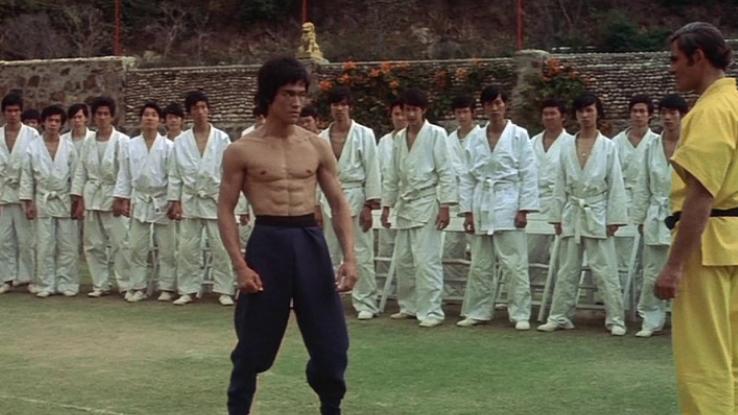
In the end, Lee's battle was worth it. Enter the Dragon earned a whopping $1 billion (adjusted for inflation) worldwide, sparking a surge of mainstream involvement in martial arts. In 2004, the Library of Congress preserved the film in the Us National Picture Registry, calling information technology "culturally, historically or aesthetically meaning."
Lee showed that Asian Americans tin be potent, sexy and heroic. Not only did he destroy aboriginal stereotypes, merely Lee likewise influenced a martial arts move. He changed the manner people chronicle to activity films by using martial arts, showing them that a hero doesn't need guns or gadgets to fight crime and injustice; all they need is themselves.
Source: https://www.ask.com/entertainment/bruce-lee-fought-racism-becoming-martial-arts-icon?utm_content=params%3Ao%3D740004%26ad%3DdirN%26qo%3DserpIndex
Postar um comentário for "How Did Michelle Yeoh Get Involved in Martial Arts"